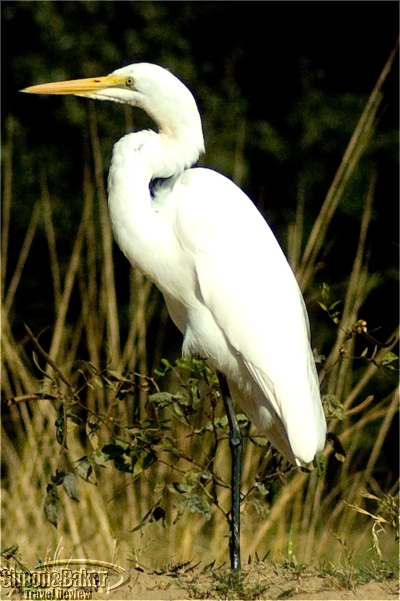
by Editor | Jul 1, 2007 | Africa, Lower Zambezi, Simon and Baker Travel Review, Zambia
The Sausage Tree Camp whimsically announced itself as the motorboat taking me down the Zambezi River approached its landing dock. Pristine conical Bedouin tents peering through the extravagant canopy of riverine forest in the Lower Zambezi National Park? Indeed! The camp consisted of seven Bedouin-style circular tents discreetly positioned above the bank of the scenic entrance of the Chifungulu channel. Each tent offered complete privacy, along with a terrific view of the river and an island filled with shivering reeds where big game loved to hide. The camp’s décor was an inspired fusion of styles resulting in minimalist luxury that left the senses free to concentrate on the intense wildlife activity around and within the camp.
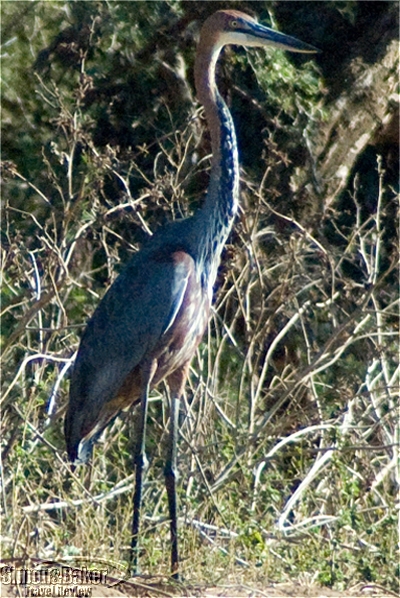
by Editor | Jul 1, 2007 | Africa, Lower Zambezi, Simon and Baker Travel Review, Zambia
Located on the bank of the Chongwe River, at the point where it meets the Zambezi, the Chongwe River Camp offered a panoramic view of the western boundary of the Lower Zambezi National Park. Nestled in a lush grove of winterthorn acacias, this luxurious camp was designed to blend unobtrusively into its splendid surroundings: the steep Zambezi escarpment to the north and Zimbabwe’s famed Mana Pools immediately across the Zambezi to the south. Pods of hippos filled the Chongwe like so many moving islands. Meanwhile, on the opposite bank, the park was home to a dense population of elephants and buffalos that constantly filed to the water for a drink or a bath, or came across to visit. More than once, my short walk from the common areas to my tent was delayed while an elephant ambled down the path, claiming its incontestable right of way.
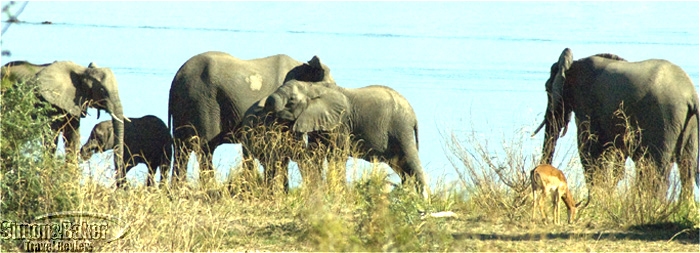
by Editor | Jul 1, 2007 | Simon and Baker Travel Review
Chiawa was my idea of what Eden should be: outstanding creature comforts, superb organization, spectacular views and constant game activity! Nestled under a lush canopy of riverine forest in the heart of the Lower Zambezi National Park, the Chiawa Camp blended so unobtrusively into its surroundings that elephants and buffalos routinely paraded within feet of my tent on their way to the river. Guest accommodations consisted of eight tents on raised wooden decks under thatched roofs. The tents were spread out across the property, set sufficiently apart to give a feeling of peaceful seclusion. All were positioned to enjoy a sweeping view of the massive Zambezi flowing a mere 100 yards away.
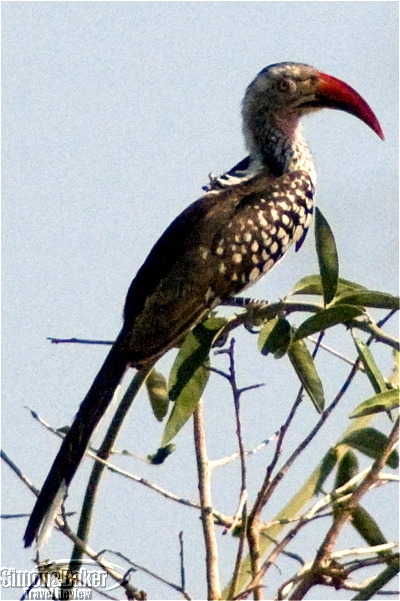
by Editor | Jun 1, 2007 | Africa, Simon and Baker Travel Review, South Luangwa, Zambia
Nkwali was located in the Game Management Area immediately across the river from the South Luangwa National Park, on a prime vantage point of the eastern bank of the Luangwa River. Discretely nestled in a grove of soaring ebony trees, the camp’s six guest chalets and bar area offered a spectacular view of the steep far bank of the river and the acacia forest that constituted the boundary of the park. On the back side of the camp, the dining area was built on a low platform overlooking a small lagoon where a variety of game frequently came to drink. Nkwali successfully coupled the casual atmosphere and intimate proximity to wildlife that only a bush camp can offer with the indulgent amenities of the best safari lodges. From a comfortable lounge chair near the bar, I spent a contented afternoon siesta time watching a herd of elephants wading in the shallow waters of the west bank of the river. I then took their cue and went for a refreshing swim in Nkwali’s swimming pool before teatime.
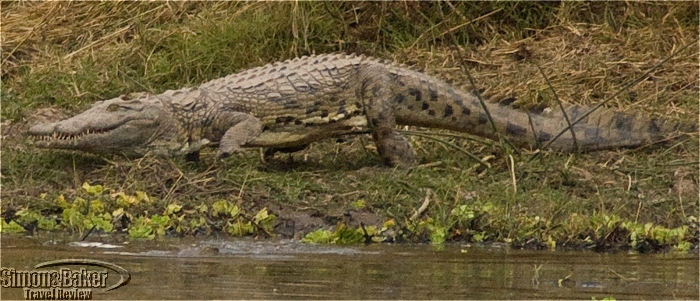
by Editor | Jun 1, 2007 | Africa, Simon and Baker Travel Review, South Luangwa, Zambia
My visit to Luwi was an exciting safari back in time! This remote bush camp located deep in the wilderness of the South Luangwa National Park consisted of four reed and thatch huts with polished mud floor and a small bar area nestled under a canopy of venerable Natal mahoganies. Luwi was a seasonal camp open only during the dry months of June through October. There were virtually no roads in this far-flung area of the park; activities were mainly on foot, lead by long-time Luwi guide Sam Nkhoma, accompanied by an armed scout. At this property, the emphasis was on identifying and following fresh tracks, as well as bird and plant identification.




